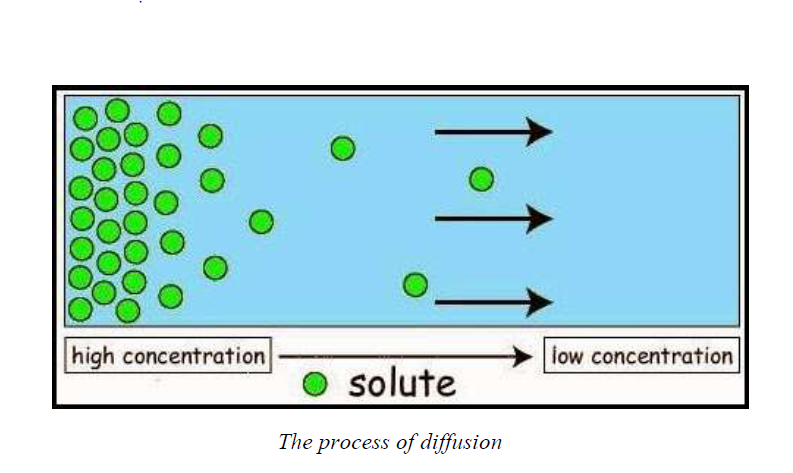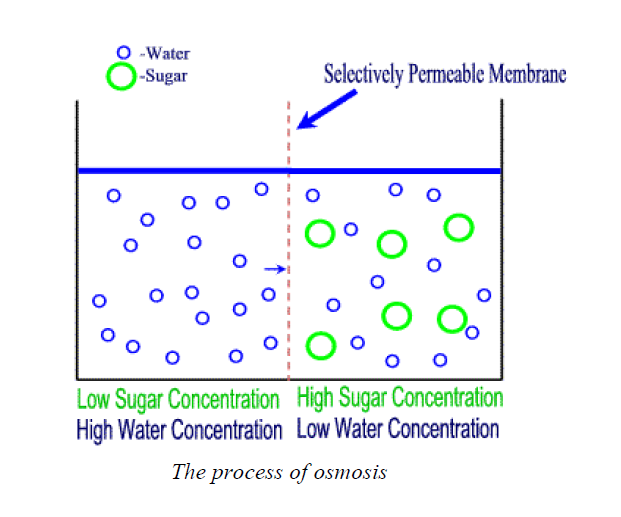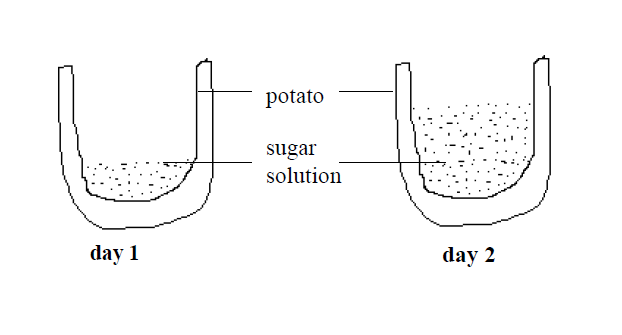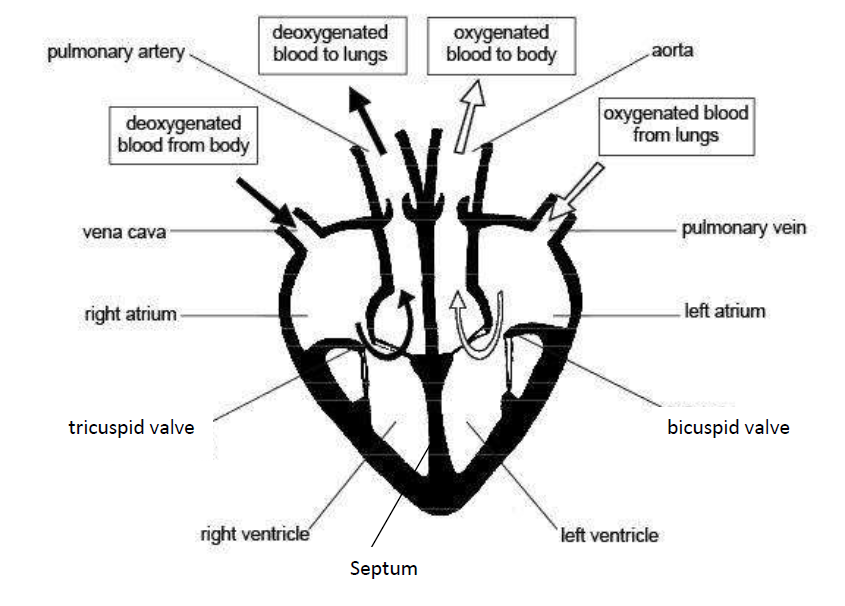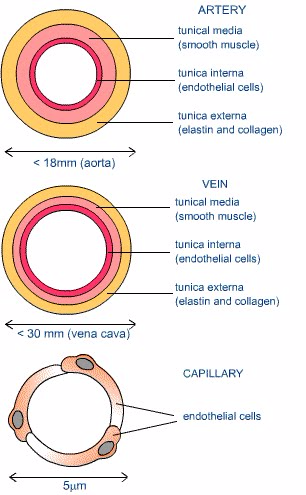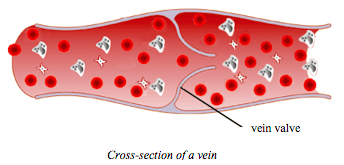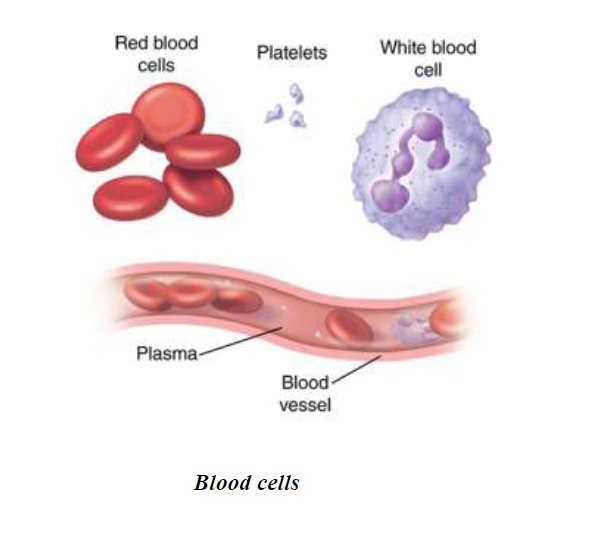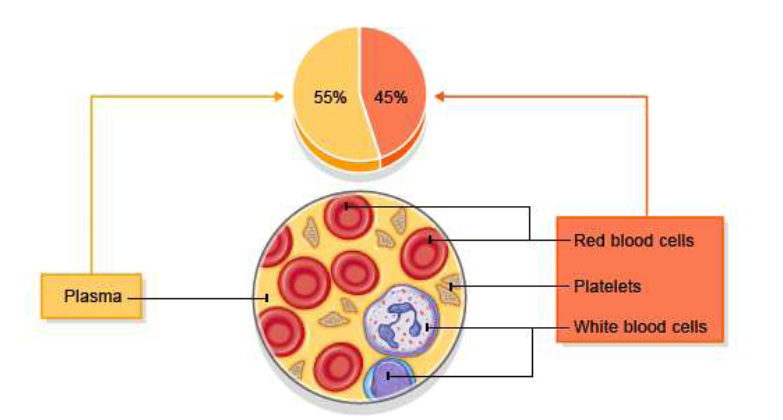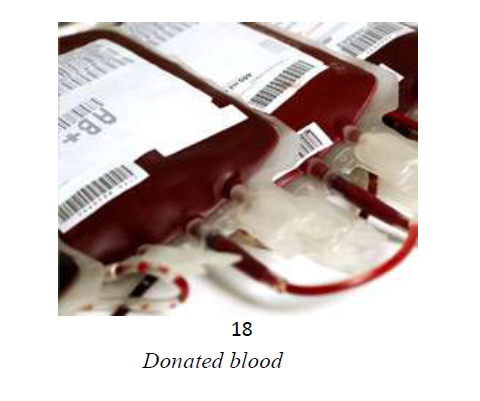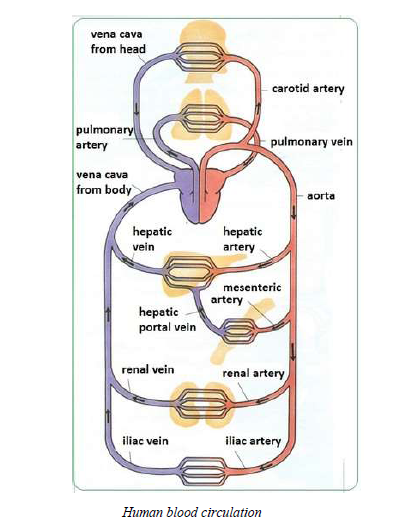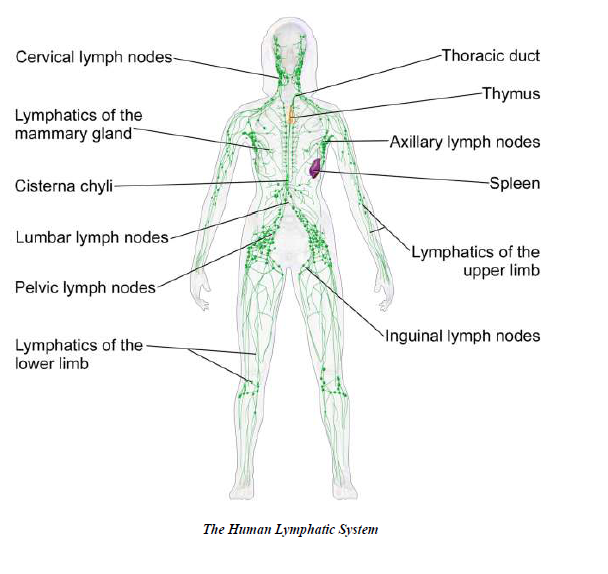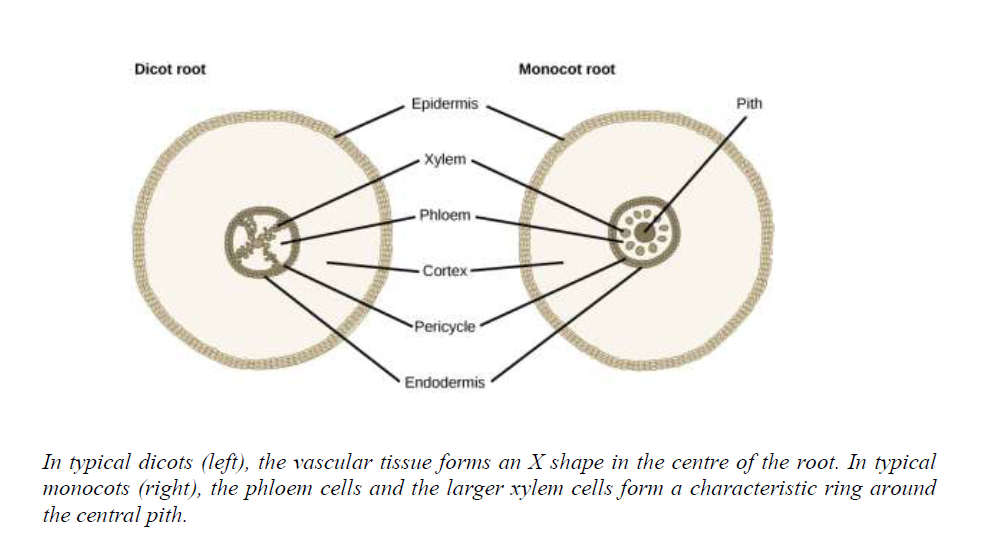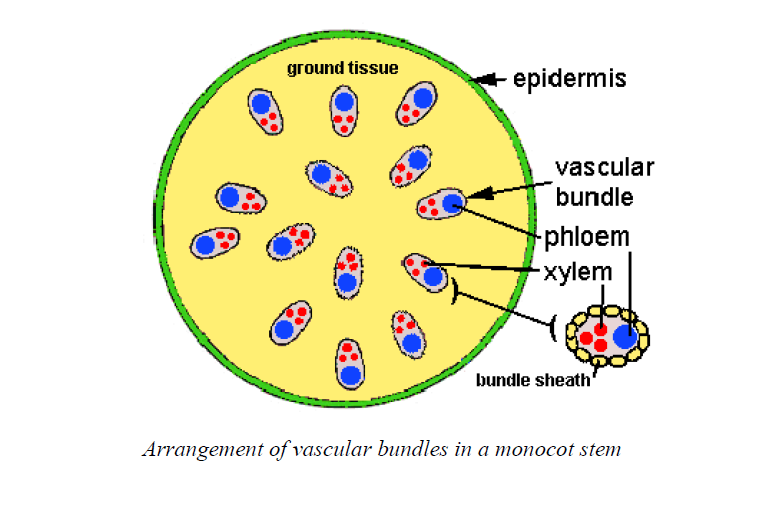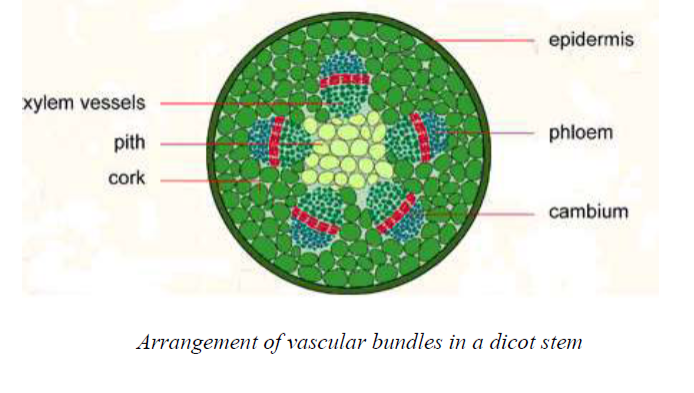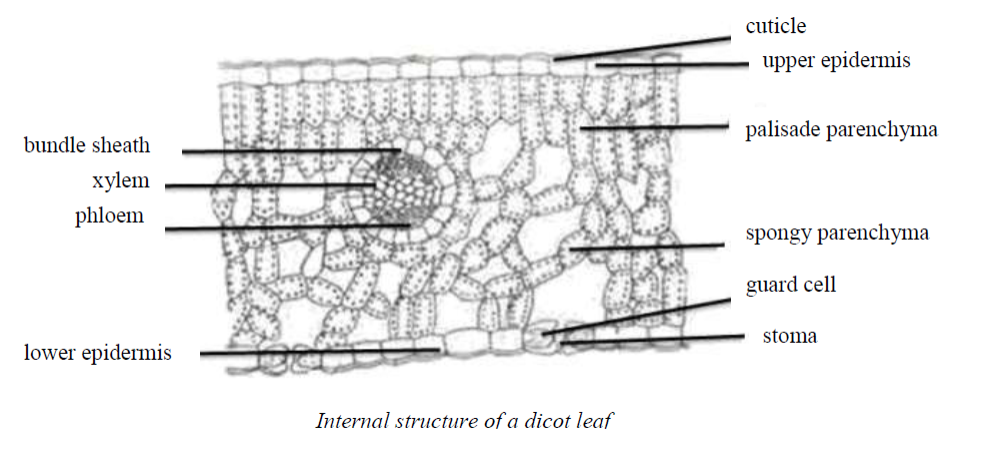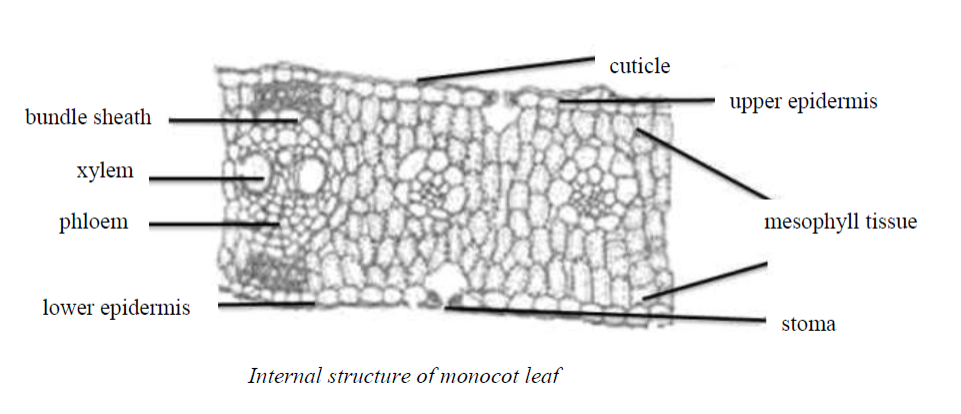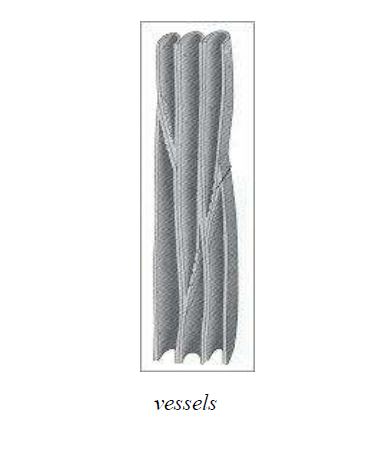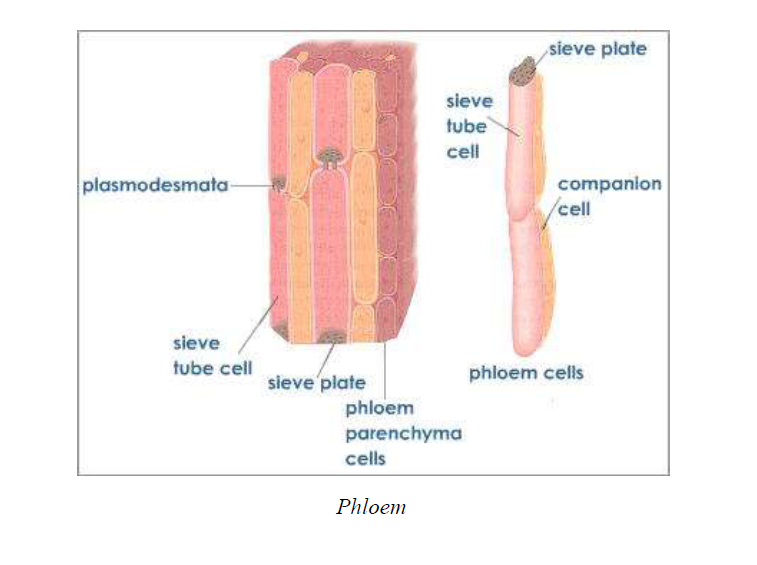Topic 4: Transportation Of Minerals Of Living Things - Biology Notes Form 2
The Concept of Transportation of Materials in Living Things
The Functions of Root Hairs in Absorption and Movement of Water and Mineral Salts in Plants
Explain the functions of root hairs in absorption and movement of water and mineral salts in plants
Water and mineral uptake by roots
Plants
absorb water from the soil through the root and transport it to the
stem, leaves andflowers. Roots have root hairs that are unicellular,
thin-walled outgrowths of the epiblema (skinof the root).
The
root hairs are in close contact with the thin film of water surrounding
the soil particles.There are mineral salts such as nitrates, chlorides,
sulphates, phosphates, etc., dissolved in thiswater.
Water
is absorbed by osmosis, while the minerals are absorbed as ions by
active transport(transport against the law of diffusion, by spending
cellular energy). The cell membrane hastransport proteins that allow the
ions to cross the membrane. The ions then move upward throughthe xylem,
to the leaves and other aerial parts of the plant.
The
cell wall of each root hair is permeable to water and minerals, but its
cell membrane and themembrane around the vacuole are semi permeable
membranes. The root hair cells take upmineral ions by active transport.
This
creates a concentration difference of these ions between the root and
the soil. Now, the soilsolution has higher water content than the cell
sap of the root hair. Hence, water from the soildiffuses into the root
hair. The root hair cells now become turgid, while the adjacent cells of
thecortex have lower water content.
This
results in the diffusion of water from the root hairs into the cortical
cells (see figure below).After passing through the cortical cells by
osmosis, the water reaches the endodermis (tissueseparating the cortex
from the vascular tissues). The endodermis forces water into the
xylemtubes through passage cells.
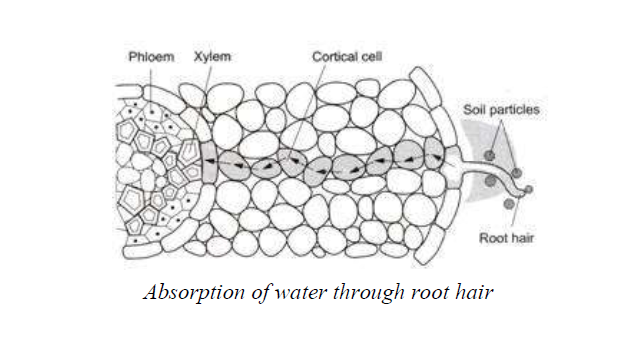
The
pressure with which water is pushed into the xylem tubes of the root is
called root pressure.The water moving upwards forms a column, which is
maintained up to a certain height due toroot pressure.
The Movement of Water and Dissolved Mineral Salts in Plants
Outline the movement of water and dissolved mineral salts in plants
Upward movement of water within the plant
There
are several processes that enable the water to move up a plant. These
processes includeroot pressure, transpiration pull, cohesion, adhesion
and capillarity.
Root pressure
As
long as the soil is damp, there will be water taken in by the root
hairs. As more water is takenin, the water that is already in the xylem
vessel will be pushed up the plant. This is called rootpush or root
pressure and it helps to push water up to the leaves.
Root
pressure is capable, under ideal atmospheric conditions, of pushing
water one or two feetabove the ground. Since root pressure is not strong
enough to move water up very high, anotherprocess called transpiration
pull is needed to enable the water to continue moving up the plant.
Experiments to Demonstrate Transpiration pull, Root Pressure and Capillarity
Conduct experiments to demonstrate transpiration pull, root pressure and capillarity
Transpiration pull
Transpiration
is the loss of water through the leaves and other parts of the plant.
Mosttranspiration occurs through openings, called stomata, on the
underside of the leaves. Astranspiration occurs, water is lost. This
water is replaced by water in the xylem vessels. Thiscauses an upward
pull (transpiration pull or transpiration stream) on the water in the
vessels.Thus, water is pulled up through the plant, and more enters by
the roots to replace it.
Cohesion
Cohesion
is the force of attraction between similar molecules. Transpiration
pull is possiblebecause water molecules cling to each other by cohesion.
When water molecules cling to eachother as they move up the stem and
into the leaves, they pull up more water molecules up theplant. This
process, however, is facilitated by transpiration pull since the water
molecules lostthrough transpiration is being replaced by more water
molecules absorbed by the roots.
Adhesion
Adhesion
Adhesion
is the force of attraction between different molecules. As water
molecules are stucktogether by cohesion, the entire column of water in
the xylem adheres to the sides of the xylem.It is said that the water in
under tension as the column moves up the xylem. At the same time,
thexylem tube narrows because of the tension.
Cohesion and adhesion forces maintain a continuous column of water in the xylem vessels fromthe roots to the leaves of plants.
Capillarity
Capillarity
is the tendency of water to rise through narrow tubes. The lumen of
xylem tracheidsand vessels is very narrow and this enables water to rise
through it by capillarity. Capillarity isassisted by adhesion and
cohesion forces.
The Concept of Transpiration
Explain the concept of transpiration
Transpiration
is the evaporation of water from plants. It occurs chiefly through the
leaves whiletheir stomata are open for the passage of carbon dioxide and
oxygen during photosynthesis.
Transpiration
also occurs through the cuticle and lenticels. Lenticels are pores in
the stems ofwoody plants that allow gaseous exchange between the
atmosphere and the internal tissues.
The Significance of Transpiration in Plants
Outline the significance of transpiration in plants
Transpiration
is of immense importance in plant life as it is of great benefit to the
plant. Thefollowing are the reasons why transpiration is important in
plants.
Cooling of the plant
The
leaves absorb the radiant energy. Some of the light energy is utilized
in photosynthesis. Therest is converted into heat energy resulting in an
increase in leaf temperature. However, rapidloss of water in the form
of water vapour from the aerial parts of the plant through
transpirationbrings down their temperature. Transpiration thus provides a
significant cooling effect whichkeeps the plant from being overheated.
Mineral transport
Mineral
salts remain dissolved in the soil water and are absorbed by the roots.
Minerals that arcabsorbed and accumulated in the xylem duct of the root
move up and are distributed in the plantby the transpiration stream.
Water movement
The
absorbed water is transported from roots to leaves through the xylem
vessels. This is greatlyinfluenced by transpiration pull. Water loss due
to transpiration results in the development of lowwater potential in
the leaf tissues. Thus, water moves from the xylem vessels to the leaf
cells.
Development of mechanical tissues
Greater
amount of transpiration helps in the development of mechanical tissues
in plants. Theplants become healthier and more compact, the cell walls
become thick and cutinized and theplants are able to resist the attack
of fungi and bacteria.
Maintenance of turgidity
Transpiration
maintains an optimum degree of turgidity in cells. Under favourable
conditions,plants absorb excess amount of water, which is given off by
transpiration to maintain theoptimum turgidity for better growth.
Increase of taste of fruits
The
solutes inside the cell become more concentrated when transpiration is
rapid. Consequently,the concentration of sugar solution in the cells of
fruits increases and fruits taste sweeter.
Wilting
When
the rate of evaporation is higher than that of absorption of water from
the soil, as it occursduring drought conditions, the plant wilts.
Wilting is beneficial when a plant cannot obtainenough water to replace
that lost by the plant through transpiration because it causes the
closureof the stomata (singular: stoma). Thus, the rate of evaporation
is greatly reduced.
Transpiration as a necessary evil
Transpiration is a necessary evil because of the following facts:-
- A large amount of absorbed water is lost during transpiration which is harmful to plants.
- Unnecessary wastage of energy takes place during the process of water absorption which islost due to transpiration.
- Whenthe rate of transpiration is high in plants growing in soil deficientin water, an internalwater deficit develops in plants which may affectmetabolic process.
- Many xerophytes undergo structural modifications and adaptations to check transpiration.
Considering
both the beneficial and harmful effects of transpiration, it may be
concluded that itis definitely advantageous in spite of its harmful
consequences.
Factors Affecting the Rate of Transpiration in Plants
Outline factors affecting the rate of transpiration in plants
The rate of transpiration can be affected by both plant features and environmental factors.
Plant factors
These
plant parameters help plants control rates of transpiration by serving
as forms of resistanceto water movement out of the plant. They include
the following:-
Root system
Plants
with extensive root systems absorb a great amount of water and
therefore much water ismoved up the plant. Thus, plants with extensive
root systems have higher rates of transpirationthan those with few
roots.
Size of leaves
A
plant with broad leaves tend to lose more water than that with small
leaves. This is because thebroad leaves have large surface areas over
which transpiration takes place.
Leaf structure
The
structure of a leaf has a great influence on the rate of transpiration.
The following areanatomical structures of a leaf that affect the rate
of transpiration:-
Number of stomata
Stomata
are pores in the leaf that allow gaseous exchange to take place, and
water vapour toleave the plant. Special cells called guard cells control
each pore’s opening or closing. Someplants have many stomata while
others have a few stomata. The more the stomata, the higher therate of
transpiration and vice versa.
Position of stomata
Plants
with few stomata on the upper surface of the leaf experiences a little
transpirationcompared to those with many stomata on the lower leaf
surface. This is because the uppersurface is highly stricken by direct
sunlight hence increasing the rate of transpiration.
Epidermal hairs
Epidermal
hair on the leaf traps a thin layer of still air close to the leaf
surface. For the water lostfrom the leaf to get into the atmosphere, it
has to cross this resistant layer of air. The layer thuschecks excessive
loss of water from the leaf. Likewise, the water vapour from the leaf
is alsotrapped by the epidermal hairs. This prevents further loss of
water vapour from the leaves andhence slows down the rate of
transpiration.
Size of stomatal air spaces
Large
air spaces between the cells of the spongy mesophyll and stomata,
called substomatal airspaces, increase the rate of transpiration. Small
substomatal air spaces reduce the rate oftranspiration.
Cuticle
The
cuticle is the waxy layer present on all above-ground tissue of a plant
and serves as a barrierto water movement out of a leaf. Because the
cuticle is made of wax, it is very hydrophobic or‘water-repelling’.
Therefore, water does not move through it very easily. The thicker the
cuticlelayer on a leaf surface, the slower the transpiration rate.
Cuticle thickness varies widely amongplant species. In general, plants
from hot, dry climates have thicker cuticles than plants fromcool, moist
climates. In addition, leaves that develop under direct sunlight will
have muchthicker cuticles than leaves that develop under shade
conditions.
Environmental factors
Some
environmental conditions create the driving force for movement of water
out of the plant.Others alter the plant’s ability to control water
loss.
Light
Plants
transpire more rapidly in the light than in the dark. This is largely
because light stimulatesthe opening of the stomata (mechanism). Light
also speeds up transpiration by warming the leaf.
Photosynthesis
occurs in the presence of light. A higher light intensity increases the
rate ofphotosynthesis in the guard cells. As the guard cells absorb
water from the soil forphotosynthesis, they become turgid and hence the
stomata are opened, and hence a higher rate oftranspiration.

Temperature
Plants
transpire more rapidly at higher temperatures because water evaporates
more rapidly asthe temperature rises. At 30°C, a leaf may transpire
three times as fast as it does at 20°C.
Relative humidity
Relative
humidity is the amount of water vapour in the air compared to the
amount of watervapour that air could hold at a given temperature. When
the air is less moist, the relativehumidity is low, and thus the rate of
transpiration is greater. When relative humidity is high, theatmosphere
contains more moisture, reducing the rate of transpiration. Therefore,
transpirationincreases with the decrease in relative humidity.
The
rate of diffusion of any substance increases as the difference in
concentration of thesubstances in the two regions increases. When the
surrounding air is less humidity, diffusion ofwater out of the leaf goes
on more rapidly.
Wind
The
wind removes water vapour and thus increases the rate of transpiration.
High winds lead tostomatal closure to stop the rapid water loss and
hence bring a drop in rate of transpiration.Moderate winds may reduce
transpiration by lowering the temperature of the leaf.
When
there is no breeze, the air surrounding a leaf becomes increasingly
humid thus reducingthe rate of transpiration. When a breeze is present,
the humid air is carried away and replaced bydrier air, thus increasing
the rate of transpiration.
Soil water
The
source of water for transpiration out of the plant comes from the soil.
Plants with adequatesoil moisture will normally transpire at high rates
because the soil provides the water to movethrough the plant.
Plants
cannot continue to transpire without wilting if the soil is very
drybecause the water in the xylem that moves out through the leaves is
not being replaced by the soil water. Thus, the rate of transpiration
will increase when there is adequate amount of water inthe soil and will
decrease when the soil contains little mositure.
Atmospheric pressure
Transpiration
is high at low atmospheric pressure and it is low at high atmospheric
pressure.Plants that grow naturally at higher altitudes, where the
atmospheric pressure is low, havemodified leaves to reduce the rate
Tags
Biology Form II


